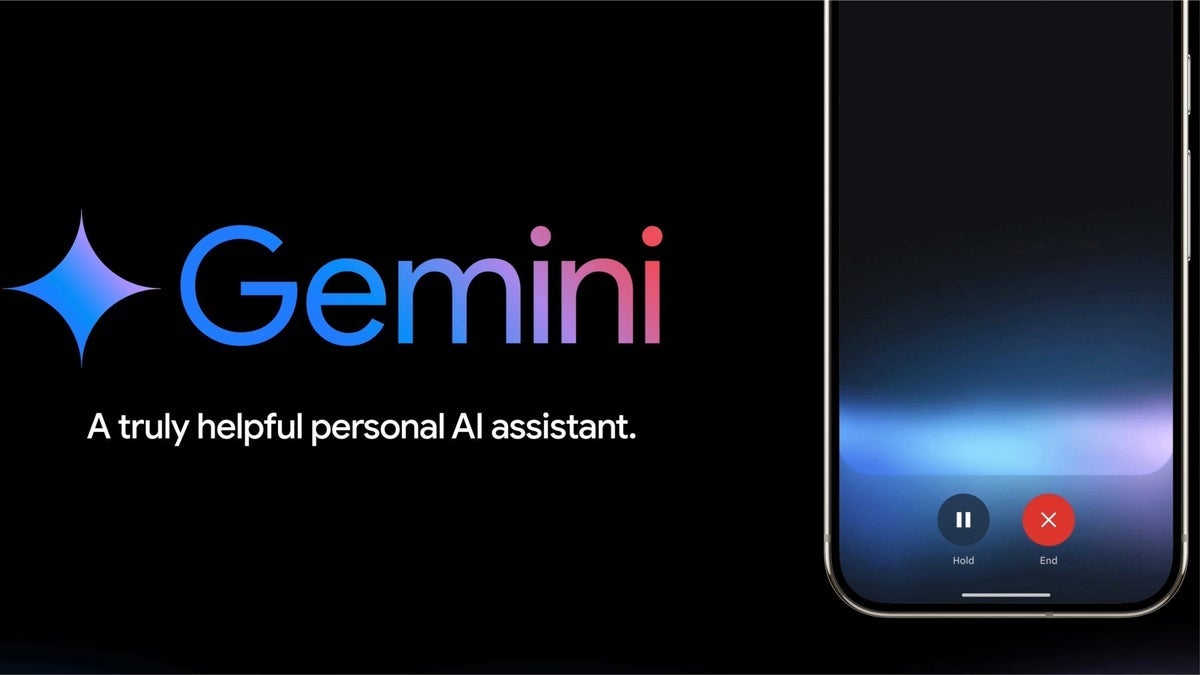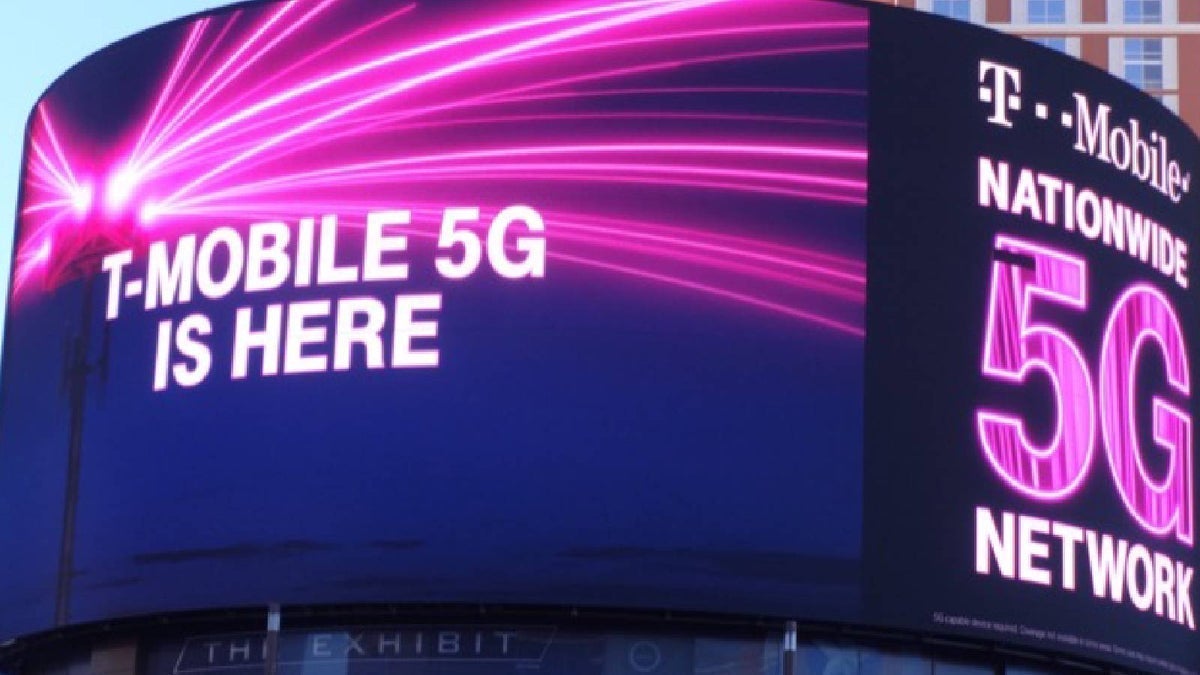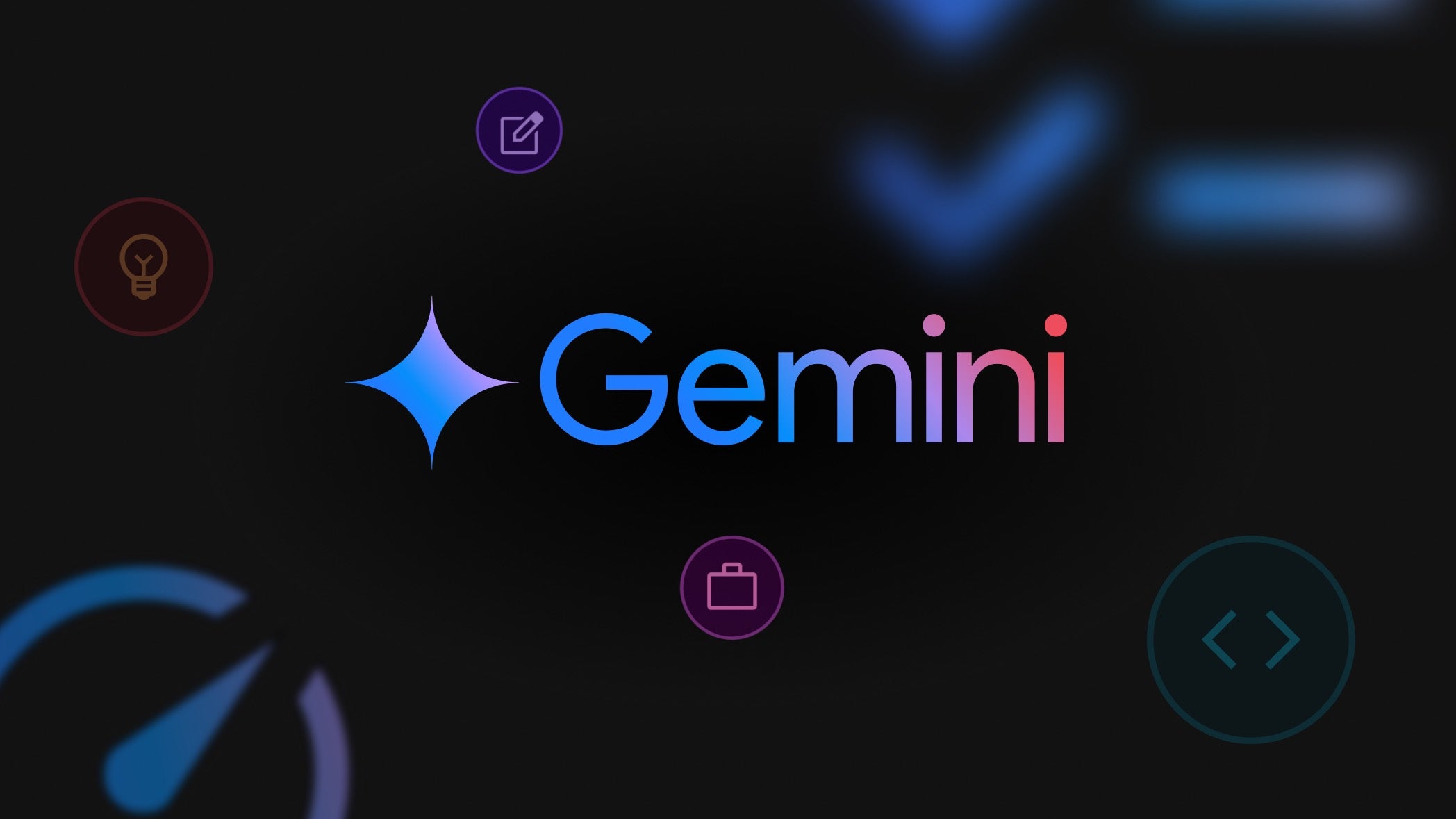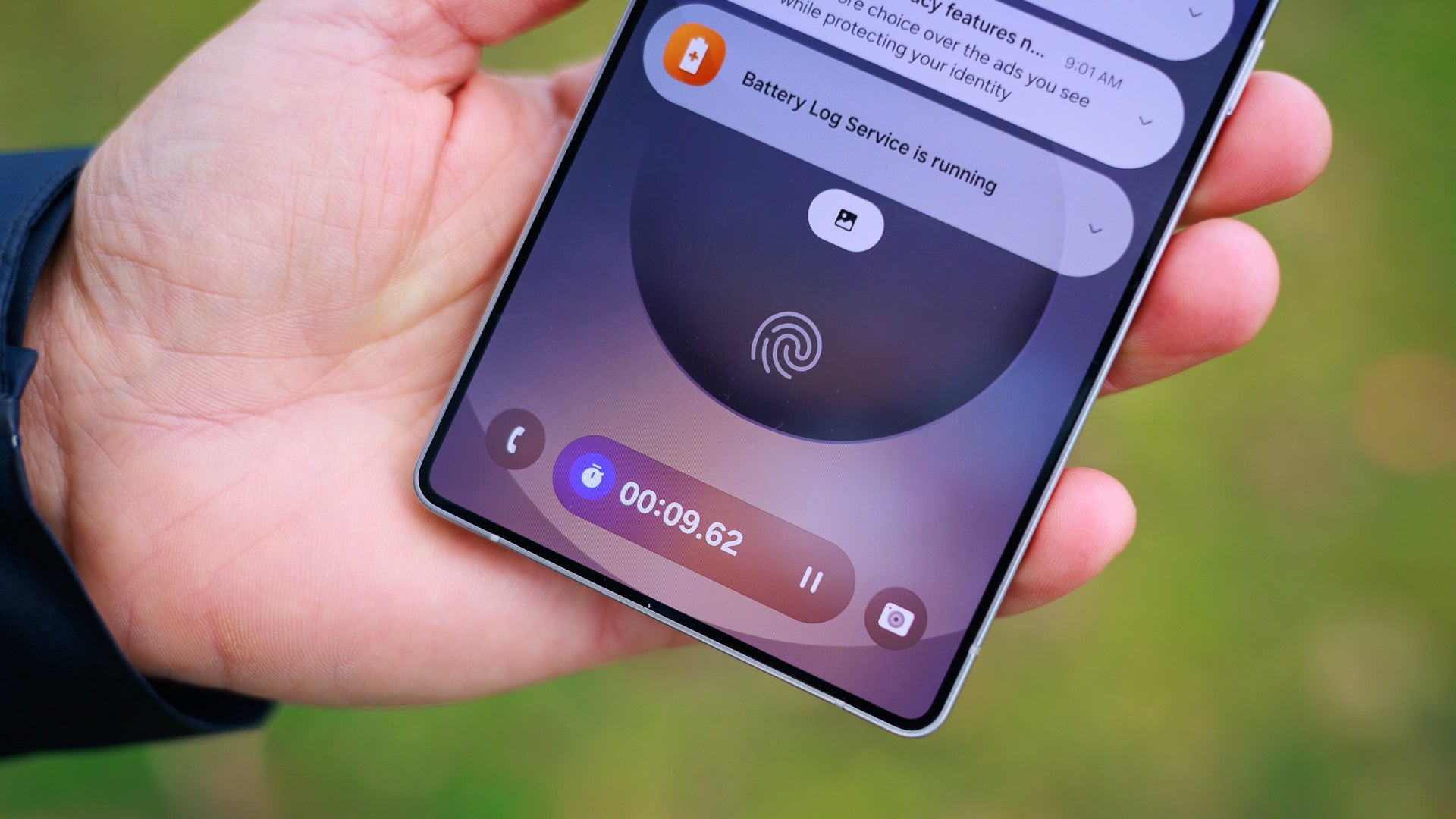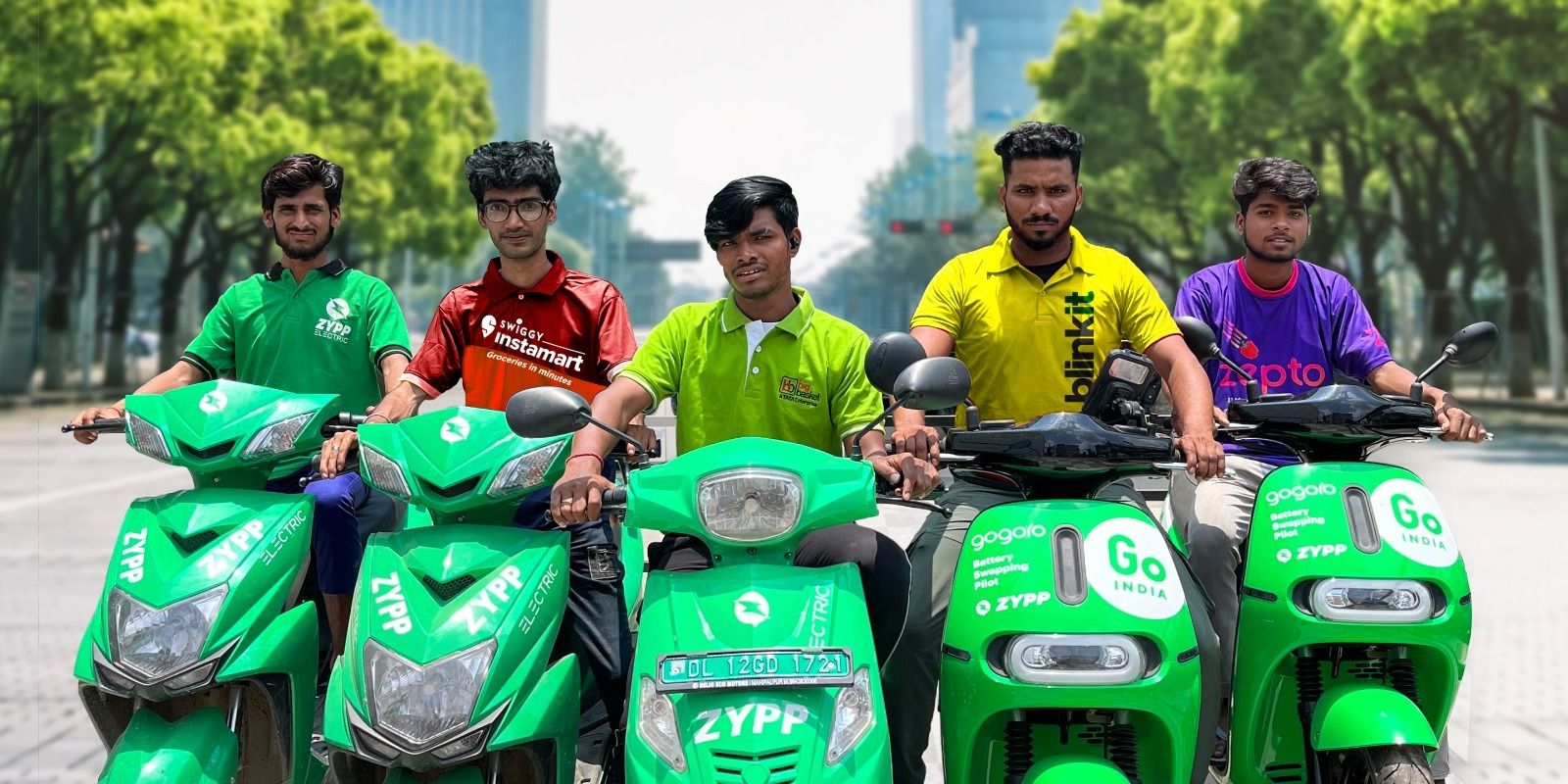All you need to know about OpenAI’s U-turn as it walks away from for-profit path
OpenAI says it will stay on the nonprofit course as it overhauls its for-profit arm into a public benefit corporation. What does this shake-up mean for investors and the company’s future while it balances its nonprofit mission with its funding needs?


In late 2015, at a hurried dinner at Silicon Valley’s Rosewood Hotel, the then-President of tech incubator Y Combinator, Sam Altman, and Elon Musk, who was focused on building Tesla and SpaceX, made a plan to develop “safe” AGI (artificial general intelligence).
They feared that if AGI were developed by the wrong hands, it could pose an existential threat to humanity. The solution, they decided, was to build it themselves—responsibly, without any profit motives. This led to the creation of , a nonprofit research lab to ensure AGI benefits “all of humanity.”
Along with co-founders Ilya Sutskever and Greg Brockman, the duo assembled a team of researchers in the field of AI to pursue the goal of building a safe AGI.
But the alliance between Altman and Musk didn’t last. In 2018, Musk parted ways with the firm, reportedly over disagreements about its direction towards a for-profit model and his concern about its potential control by a large corporation.
Since then, Musk has repeatedly criticised OpenAI, calling out Altman for turning the company into a profit-seeking entity in violation of its original mission.
In 2018, OpenAI released a paper that laid the foundation for its Generative Pre-trained Transformer model, which led to the evolution of ChatGPT, the AI chatbot that has transformed how businesses operate today.
For the first few years, the firm relied on philanthropic funding. However, cutting-edge AI development quickly became extremely resource-intensive, demanding hundreds of billions of dollars of compute, as noted by Altman.
This led to OpenAI creating a capped‑profit subsidiary named OpenAI LP, in 2019, to attract capital while ostensibly limiting any investor’s returns. This hybrid model meant investors and employees could earn a capped return, aiming to balance funding needs along with the overall mission.
Following widespread scrutiny and criticism of the model from several quarters, including civic leaders, OpenAI is reasserting its founding mission of being a nonprofit—through a major internal restructuring, abandoning its for-profit plan.
YourStory breaks down why OpenAI is rewriting its playbook and what this restructuring means for the future of the company.
What’s changing?
OpenAI is restructuring its for-profit arm from a ‘limited liability company’ (LLC) to a ‘public benefit corporation’ (PBC).
A PBC is a US corporate structure that requires companies to balance shareholders’ financial interests along with a broader public benefit mission.
In practice, this means OpenAI’s charter will formalise its ‘AI-for-humanity’ mission as a corporate purpose alongside profit goals. The company will still raise money, sign commercial deals, and generate revenue, but it must also formally commit itself to public-benefit goals.
As the board noted, “OpenAI was founded as a nonprofit... and going forward, it will continue to be overseen and controlled by that nonprofit.”
The move shifts the firm from its capped-profit framework to a more standard equity ownership model.
“We made the decision for the nonprofit to stay in control after hearing from civic leaders and having discussions with the offices of the Attorneys General of California and Delaware. We look forward to advancing the details of this plan in continued conversation with them, Microsoft, and our newly appointed nonprofit commissioners,” Altman said in an open letter to employees on Monday.
The company has also clarified that its nonprofit governance structure will remain unchanged. OpenAI Inc., the original nonprofit entity, will continue to oversee and control the organisation, even after the for-profit arm transitions into a PBC.
In the letter, Altman has pointed out that OpenAI “is not a normal company” as it restructures to keep its non-profit parent in control while pursuing AGI.
“OpenAI is not a normal company and never will be. We now see a way for AGI to directly empower everyone as the most capable tool in human history. If we can do this, we believe people will build incredible things for each other and continue to drive society and quality of life forward," he said.
In the new structure, the nonprofit will also be a major shareholder of the PBC, meaning it holds a significant equity stake in the for-profit business. This duality is intended to give the nonprofit huge leverage: it can appoint PBC board members and influence strategy to keep OpenAI aligned with its charitable purpose.
One key shift is the introduction of uncapped equity, replacing the earlier ‘capped-profit’ model that limited investor returns. This new setup is expected to make it easier for Open AI to attract large-scale funding from conventional investors.
“The hundreds of billions of dollars that major companies are now investing into AI development show what it will really take for OpenAI to continue pursuing the mission. We once again need to raise more capital than we’d imagined. Investors want to back us but, at this scale of capital, need conventional equity and less structural bespokeness,” said the company’s board in a statement.
Under its previous LLC structure connected to a nonprofit parent, OpenAI faced restrictions on how it could issue equity, return profits to investors, and manage governance. By converting into a PBC, it can now offer conventional equity, overcoming these barriers.
Similar setups
Other AI labs have also experimented with similar corporate setups to balance profits and principles. Two often cited rivals are Anthropic and Musk’s xAI—both of which, from inception, chose to be PBCs.
San Francisco-based Anthropic, founded in 2021 by former OpenAI researchers, adopted a PBC structure with built-in ethical oversight.
However, it set up a governance body called the Anthropic Long-Term Benefit Trust—an independent trust of five people with no financial stake, empowered to eventually elect a majority of the company’s board of directors. It acts as an internal ‘nonprofit-like’ overseer to keep the company aligned with its mission of developing AI for the long-term benefit of humanity.
Investor impact
OpenAI’s structural changes carry major implications for its investors, both existing and future. Two important stakeholders are Microsoft, the company’s largest partner and investor, and SoftBank, a potential mega backer.
Microsoft has been OpenAI’s largest investor in recent years, reportedly investing around $13 billion and integrating its technology into its Azure cloud and search engine Bing.
Under OpenAI’s previous capped-profit model, Microsoft had a unique arrangement that gave it a share of revenues and profits, up to a certain limit, instead of traditional equity.
However, Microsoft is reportedly being the most cautious among OpenAI’s investors during the ongoing restructuring. According to Bloomberg, the tech conglomerate is still negotiating key terms and wants to ensure that the new structure adequately safeguards its investment. The firm is yet to publicly endorse the proposed changes, it added.
More recently, OpenAI cited plans to reduce the share of its revenue paid to Microsoft by 2030, according to a report by The Information, citing financial documents.
While the firm currently shares 20% of its top-line revenue with Microsoft under an existing agreement, it has informed investors that this figure could drop to 10%—covering all business partners.
In March this year, OpenAI revealed plans to bag $40 billion in a funding round led by SoftBank, at a reported valuation of $300 billion, making it one of the largest private tech investments ever.
However, SoftBank’s participation came with a condition: OpenAI would need to adopt a more conventional for-profit structure by the end of the year. This meant removing the profit cap and shifting to a shareholder-controlled model. The new PBC plan is essentially designed to satisfy investors while meeting the concerns of regulators and critics, such as Musk and even Meta.
While a simplified for-profit structure is generally seen as more appealing to investors, the Bloomberg report stated that Altman informed reporters that the revised model still meets the goal of safe AGI for all of humanity, even with the nonprofit retaining control.
He also noted that the Japanese-based investment firm is ready to proceed with its proposed $40-billion investment under the new structure.
However, only a limited group—including OpenAI insiders, Microsoft, and a few early investors—has the authority to approve this restructuring. At present, reports suggest that OpenAI is actively negotiating the terms solely with Microsoft.
Mounting pressure
Meanwhile, OpenAI is facing legal pressure from estranged co-founder Musk, who is challenging the restructuring in court.
Previously Musk had attempted to block the company’s move towards a for-profit model. While a judge dismissed the request, parts of his lawsuit are still ongoing. Musk also made a failed $97.4-billion bid to acquire the nonprofit entity that governs OpenAI.
Musk’s attorney, Marc Toberoff, dismissed the restructuring on Tuesday, calling it a “cosmetic” move that turns charitable assets into private wealth, adding that “the founding mission remains betrayed.”
For its part, OpenAI has accused Musk of attempting to hinder its progress in favour of his competing AI venture, xAI.
Apart from Musk’s lawsuit, state regulators in California and Delaware are also dissecting the new setup.
Amidst all this, Altman firmly believes that OpenAI’s new model will position the nonprofit as one of the world’s largest and most well-capitalised charitable organisations.
“We believe this sets us up to continue to make rapid, safe progress and to put great AI in the hands of everyone. Creating AGI is our brick in the path of human progress…,” he said.
Whether OpenAI’s new structure will truly keep the profit temptation under check will become clear the next time the company seeks billions of dollars again.
Edited by Swetha Kannan



























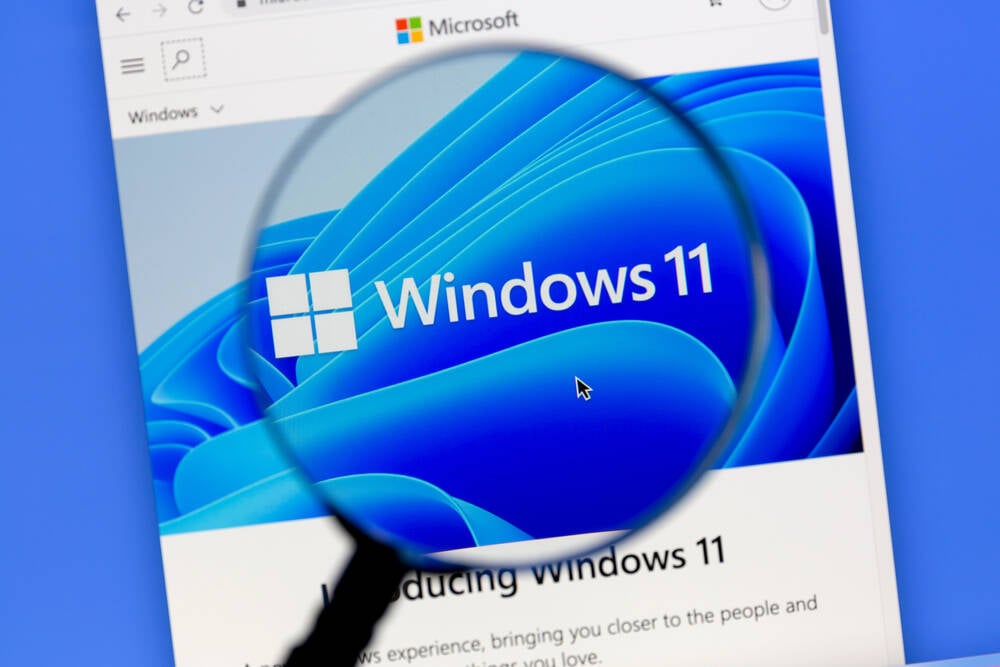













































































































































![[The AI Show Episode 146]: Rise of “AI-First” Companies, AI Job Disruption, GPT-4o Update Gets Rolled Back, How Big Consulting Firms Use AI, and Meta AI App](https://www.marketingaiinstitute.com/hubfs/ep%20146%20cover.png)









































































































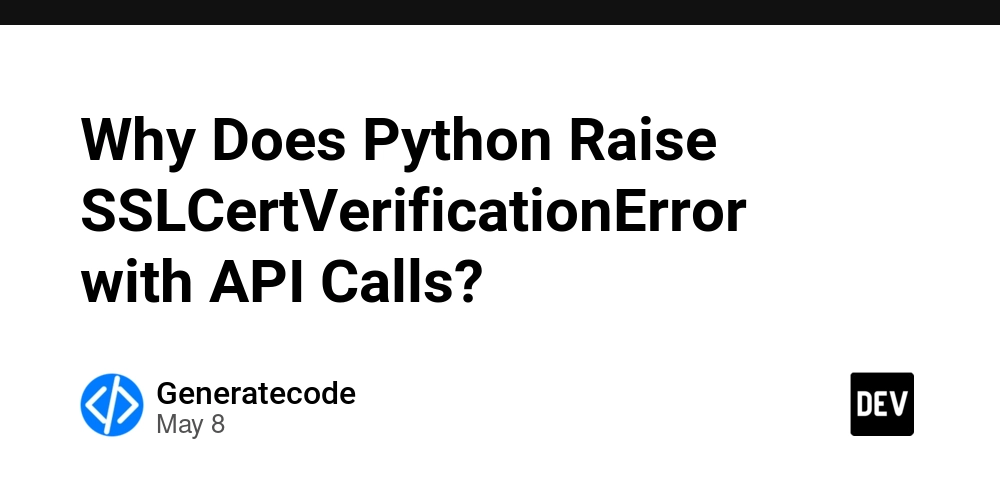
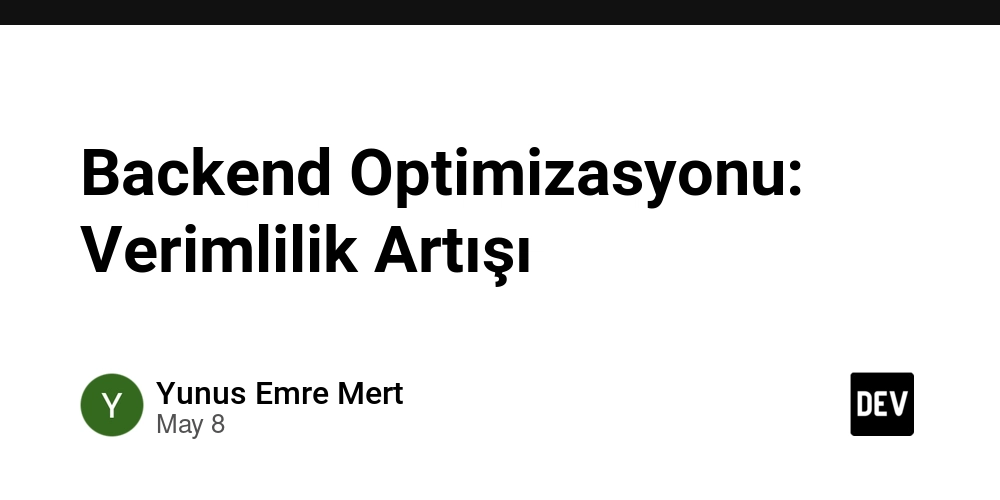














































































































































































































































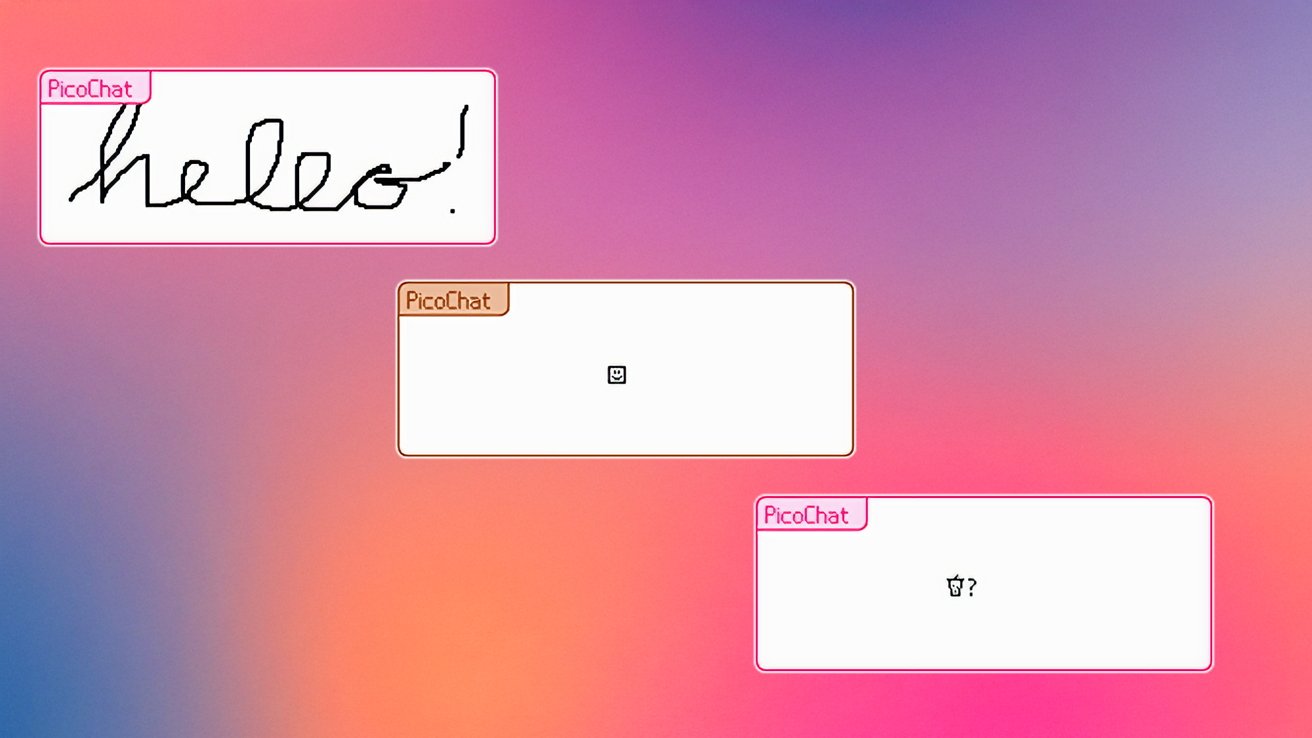


























![Beats Studio Pro Wireless Headphones Now Just $169.95 - Save 51%! [Deal]](https://www.iclarified.com/images/news/97258/97258/97258-640.jpg)





















































